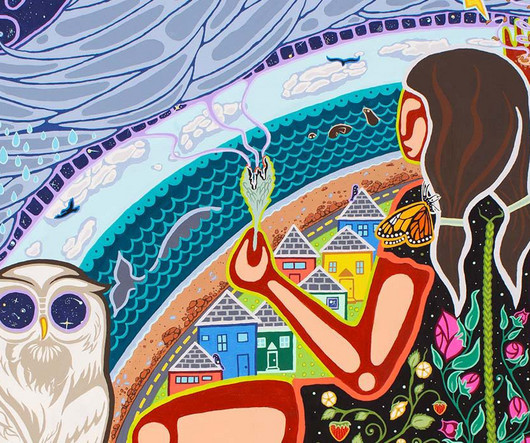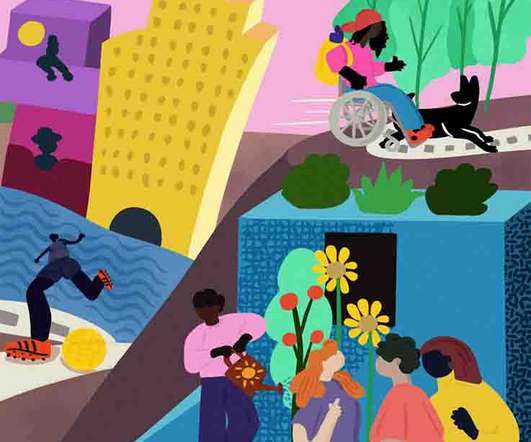Asking better questions to create more equitable outcomes
Candid
NOVEMBER 26, 2024
We know individuals’ experiences and outcomes can vary by race and ethnicity, gender, socioeconomic status, and other characteristics. Explicitly address racial and ethnic inequities and identify solutions that are relevant and build on community strengths. The Annie E. What does asking better questions look like in practice?









































Let's personalize your content